Having launched Rambla and seen it grow into a small publishing empire, its collapse in 1985, along with much of the Spanish comics industry was a devastating blow which forced Luis to re-evaluate his entire career.
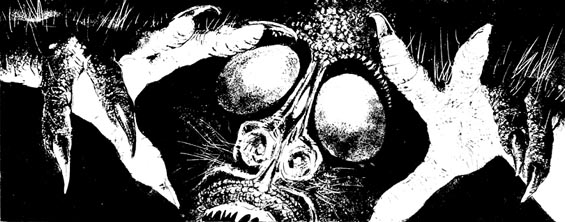
In the early years of the comic the editorial duties had been shared with Josep Maria Bea but when he left, Luis was forced to edit the magazine largely by himself; “For Rambla, my job was Editor in Chief and I had to deal with the artists, the printers, paper suppliers , banks and so on. I combined it with drawing magazine illustrations and the strip "Nova-2".
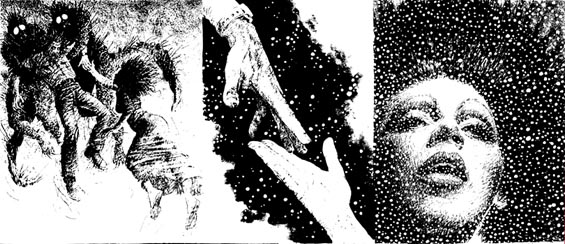
"If you have to take into account that in addition to Rambla I also edited Rampa-Rambla, Rambla Fortnightly, Rambla Rock (a magazine specializing in pop and rock), Rambla Comics USA, and collections of black and white and colour books I was producing 4 or 6 publications every month. For all that work, I just had a secretary, Marika who helped me to screen unsolicited comic strips, and her husband who did the accounts."

"I slept for only 2 to 4 hours a day. When I had to close the company I was so stressed I rested for 2 months at Carol de Haro’s house in Granada.”

“When I had recovered I went to Madrid to study painting in the workshops of "the Artistic Circle of Madrid" (one of the workshops was with Antonio Lopez Garcia, for one month). Every morning, except weekends, I went to the Prado Museum to study and copy paintings by Velázquez which I later sold in order to have some money to live on. After a year of studying painting the El Ensanche in Valencia exclusively hired me and introduced me in a group show with some of Spain's most notable painters.

This was followed by a solo show which included paintings and original pages from "Nova 2". Unfortunately, shortly after this the three backers closed the gallery because of problems between them. Then I was introduced to an American art dealer (whose name I don’t remember) who sold paintings by myself and several other artists in California and Los Angeles, until he disappeared with all of our work. To this day we have heard nothing more from him.”
From this point on Luis mixed painting with Illustration or advertising work where the need for funds became too pressing.
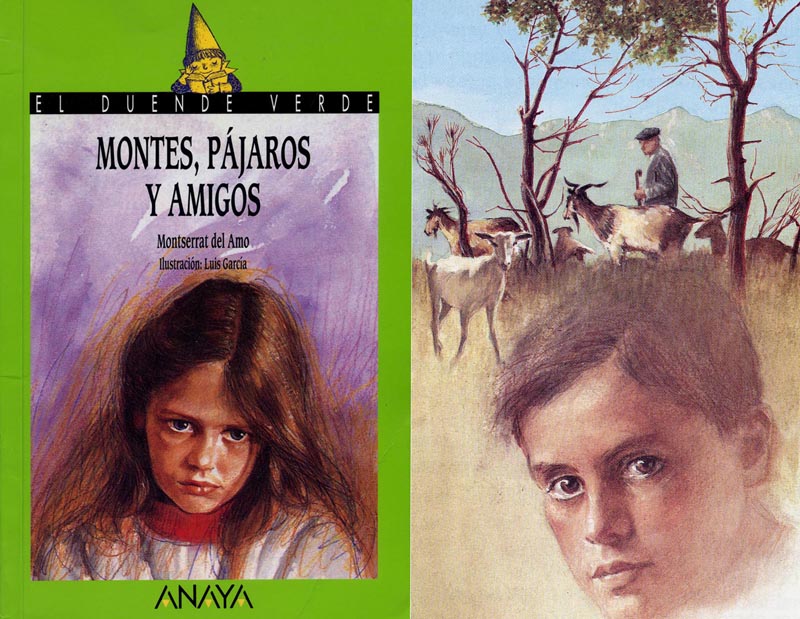
In Madrid he had married, had a son and then divorced and in the aftermath returned to Barcelona and then on to the Island of Mallorca. In Mallorca he was hired by the very exclusive Horrach Moya Gallery for which he has since staged several notable exhibitions. Other shows have since followed at the CMAE gallery in Avilles, Artissima in Turin and the Barcelona Art Expo.
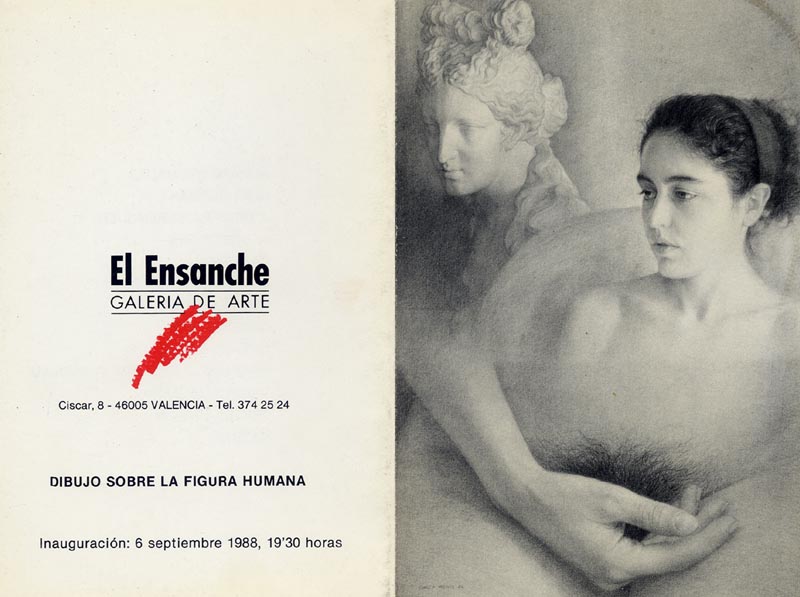

Health problems in recent years have restricted his output to the occasional painting, commercial jobs and several highly political comic strips and Luis feels that this relative lack of activity has resulted in less of a presence on the Internet than he would have liked.* However, he is now looking forward to a new phase of creativity, ideally with representation from an American gallery and I’m certainly intrigued to see what he will create in the future.

I think one of the major challenges facing “realistic” painters today is how to remain relevant in a post-representational art world, how to create artwork that has a resonance beyond the merely illustrative. It is something that Lucian Freud and Jenny Saville, both favourites of Luis, have managed to achieve and I think Luis has as well. In this painting “Yo solo soy una jardinera”, which is one of a series of portraits of a favourite model named Kerstin I think there is the same intensity and exploration of the figure that you find in Freud and Savilles’ work. The use of soft swathes of colour flowing across the page is also an allusion to the work of Mark Rothko, another pointer to Luis’ interest in the properties of paint as a feature in itself.
In this close up of Kerstin the use of paint is almost abstract.

While Luis is fundamentally an intensely realistic artist (though he has rejected the label of "Ultra-realist") here the face is seemingly made up of dots, smears, smudges and areas that resemble chemical reactions or rust. It is as if the face emerges like a mirage through a chemical haze and the closer one looks the more the face disappears into a rorshach test of oils. Much of Luis’ current work is political, confrontational and sexual and the portrait above is in fact one half of an altogether more explicit diptych which we have edited to spare the blushes of those viewing at work!

When I first heard, many years ago, that Luis had moved into fine art I was intensely curious as to what these pictures might look like. What I think is fascinating is that while they are unquestionably pictures of the highest quality nonetheless there is still a sense of continuity with his earlier comic strips. These two pencil drawings of Kerstin very much resemble his work on Nova2...
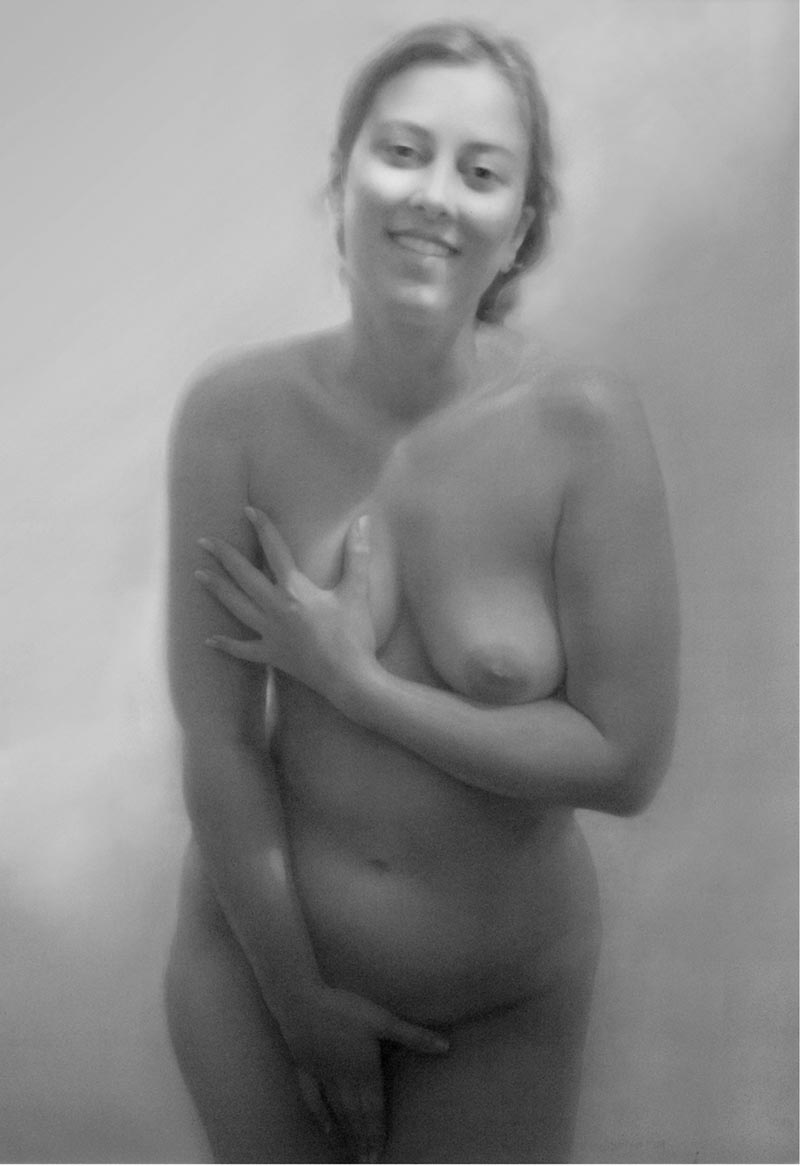
... though here he has taken his use of graphite to a whole other level. In some respects they resemble the ancient technique of Silverpoint with a depth and luminosity that I have certainly rarely seen from the medium before.

In another parallel with his constant explorations as a strip artist Luis’ fine art work similarly reveals an artist continually playing with different media, subjects and problems. This portrait of Stephen Hawkins was part of a series of paintings created under the title "Famo Y Sexo En Internet" which was exhibited at the CMAE gallery.

Here he shows the very clear influence of Freud in his use of caked on layers of thick, palid oils. Work from this and several other exhibitions was recently collected together in a small volume called "Pompa Y Cirunstancia" (published by Genat Espana I 2009). The book itself is a powerfully visceral experience as the viewer is bombarded, pummelled almost, by a disparate array of images. Portraits and nudes rub up against images of world leaders, famine victims, adverts, war atrocities, porn, historical artefacts and medical illustrations. The book has the same disorientating effect as flicking through the channels on a television as images jar against each other creating startling, disturbing juxtapositions. Here Luis is exploring the diminishing power of the image; in a world saturated with images it is as if now they all somehow carry the same weight and even the most extreme imagery has now lost its’ power to shock. That said, some of the imagery is initially almost too raw to look at and Luis has admitted that some of the paintings are hard to sell
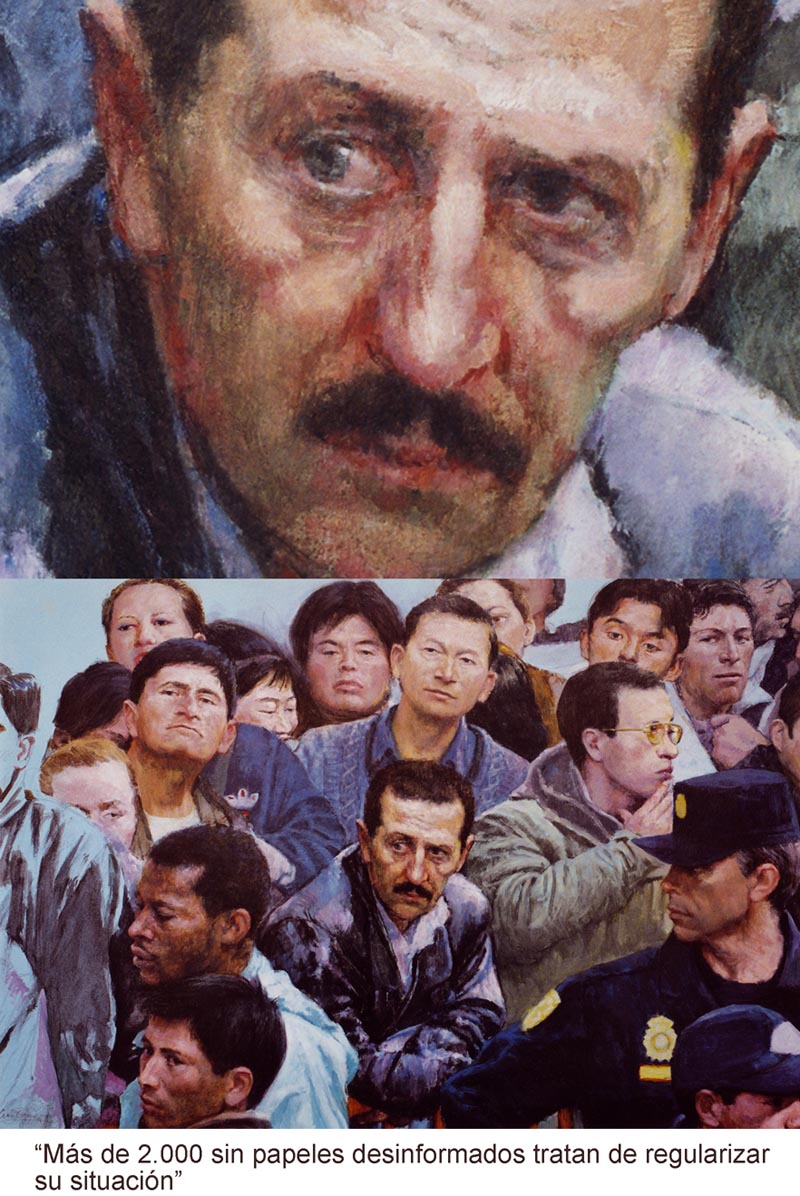
Throughout the book many of the paintings are presented as this one above is, with close-ups of details shown along with the full image itself which only adds to the sense of disorientation. In this painting we can see a crowd held back by police, from what ,we don’t know - a political event, a crime scene, a visiting celebrity? There is a tangibly pensive air about the central figure and we can only guess at what he’s looking at though his expression is ominously nervous. The section of the collection this picture is taken from includes several grisly scenes from Palestine and (I think) Bosnia mixed with paintings of Osama Bin Laden, U.S troops in Kandahar, King Juan Carlos and Romanian orphans. Hard sells indeed.

This painting above is ostensibly a greatly enlarged illustration of a virus though it has become almost an abstract - it is as much about the way the blacks, reds and yellows play off against each other as it is concerned about scientific accuracy. Despite the resolutely unromantic source material I think the painting has an ethereal beauty to it which again reminds me of Rothko in its use of colour and has echoes of Franz Kline and Nicholas De Stael in the very tactile use of paint. It is another example of Luis’ versatility - of his constant explorations of new approaches.

Taking us full circle, some of Luis’ latest works have been comic strips which marry his early interest in narrative with his later painting technique. This strip deals with the intensely creative, if somewhat dissolute Weimar republic on post-First World War Germany and the subsequent rise of faschism, while another story in the collection concentrates on Guernica. Clearly the political preoccupations of the '70s still hold a powerful resonance for the artist today.
So – that’s it, for now. I would like to thank Leif for giving me the space to bring this work to you and I would like to thank Luis for all his help in answering my incessant questions and for supplying most of the images included here. Thank you also to everyone who has taken the time to share with me this exploration of someone whose work many of you have probably not seen before but I hope now enjoy and appreciate as much as I do. Anyone wishing to buy the art of Luis Garcia Mozos or possibly represent him in the U.S can contact the artist through this site.
All images copyright Luis Garcia Mozos 2010
Text by David A. Roach © 2010
* All five parts in this series can now be read as one continuous article at the new blog, The Art of Luis Garcia Mozos
Thank you so much for this interesting history on Garcia Mozo!
ReplyDeleteUn gran trabajo, David. Felicitaciones a ti y a Luis.
ReplyDeleteManuel.
Buen trabajo
ReplyDeleteUn gran trabajo de aproximacción al genial Luis García,
ReplyDeleteenhorabuena!!!!
Unfortunately his graphic novels and comics seem to be only available in Spanish. Maybe the Creepy stories will be released in the Creepy Archives Vol. ???. But where can I find his other work in English or German?
ReplyDeleteAnonymous; I suggest you hunt down the Creepy and Eerie comic magazines on ebay or through a comic book dealer. Otherwise, perhaps Darkhorse's Creepy and Eerie Archives collections contain some of Luis' work?
ReplyDeletehttp://www.darkhorse.com/Search/Browse/Creepy/PpwNwkt8
You'll have to research it further on your own. Good luck! :^)